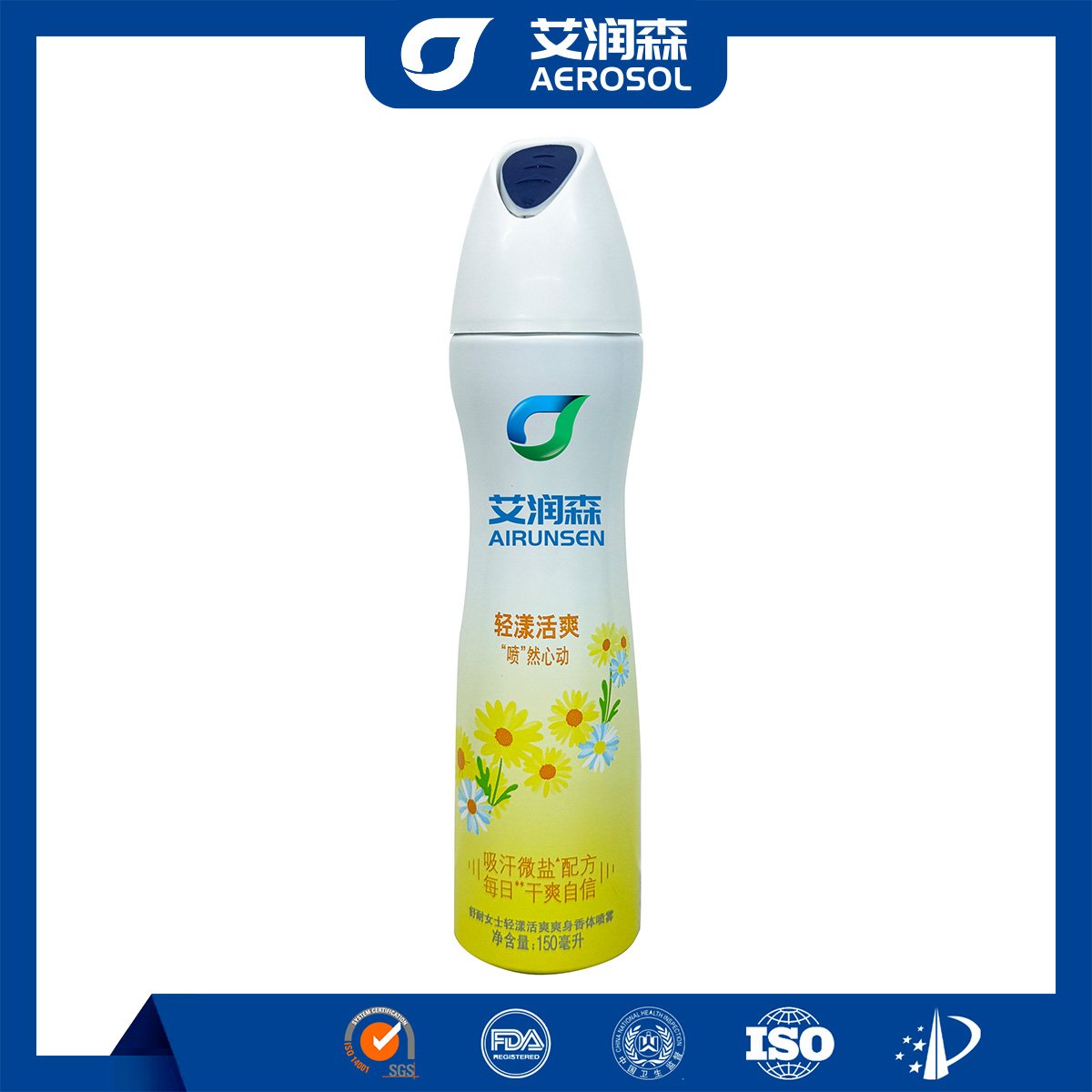1. Ingredients
Air – conditioner cleaners typically contain a variety of chemical components. One of the main ingredients is a surfactant. Surfactants help to break down and emulsify dirt and grease. For example, non – ionic surfactants like alkyl polyglucoside are often used. They have excellent detergency and are relatively mild, reducing the potential for damage to the air – conditioning system.
Another common ingredient is a disinfectant. Ingredients such as benzalkonium chloride are used to kill bacteria, fungi, and other microorganisms that may accumulate in the air – conditioning ducts and filters. Some cleaners also contain solvents like ethanol or isopropyl alcohol. These solvents can dissolve stubborn residues and help to quickly evaporate, leaving a clean surface. Additionally, there may be corrosion inhibitors in the cleaner to prevent damage to the metal parts of the air – conditioning unit.
2. Efficacy
- Dirt Removal: The cleaner effectively removes dirt, dust, pollen, and other particulate matter that has accumulated over time. As the air passes through the air – conditioning system, these particles can build up on the evaporator coils and air ducts. The cleaner loosens and washes away this debris, ensuring that the air flowing into the vehicle or room is cleaner.
- Disinfection: By killing bacteria, mold, and viruses, it helps to improve the air quality. Bacteria and mold can cause unpleasant odors and may even pose a health risk. For example, Legionella bacteria can grow in the damp environment of air – conditioning systems and cause respiratory problems. The disinfectant in the cleaner can eliminate such harmful microorganisms.
- Odor Elimination: It can remove musty, stale, or other unpleasant odors that often develop in air – conditioning systems. This is due to the combination of dirt removal and the elimination of odor – causing microorganisms.
3. Advantages
- Improved Air Quality: By keeping the air – conditioning system clean, it significantly enhances the quality of the air that is circulated. This is especially important for people with allergies or respiratory sensitivities, as it reduces the amount of allergens and irritants in the air.
- Enhanced System Performance: A clean air – conditioning system operates more efficiently. When the evaporator coils and other components are free of dirt and debris, the system doesn’t have to work as hard to cool or heat the air. This can lead to energy savings and may also extend the lifespan of the air – conditioning unit.
- Cost – effective: Regular use of air – conditioner cleaner can prevent costly repairs. A dirty air – conditioning system is more prone to breakdowns and malfunctions. By keeping it clean, you can avoid expensive service calls and part replacements.
4. Application Scenarios
- Automotive Air – Conditioning: In cars, trucks, and other vehicles, air – conditioner cleaner is used to clean the evaporator coils, blower motors, and air ducts. It is usually applied through the air intake vents or by removing certain panels to access the internal components. This is especially important in regions with high levels of pollution or pollen, as the air – conditioning system in vehicles is constantly exposed to these contaminants.
- Home and Office Air – Conditioning: For window – mounted air – conditioners, split – type air – conditioners, and central air – conditioning systems in homes and offices, the cleaner is used to maintain a healthy and efficient cooling and heating environment. It can be sprayed onto the filters and into the ducts during routine maintenance to keep the system in good working order.















